NCAP digital imaging facilities
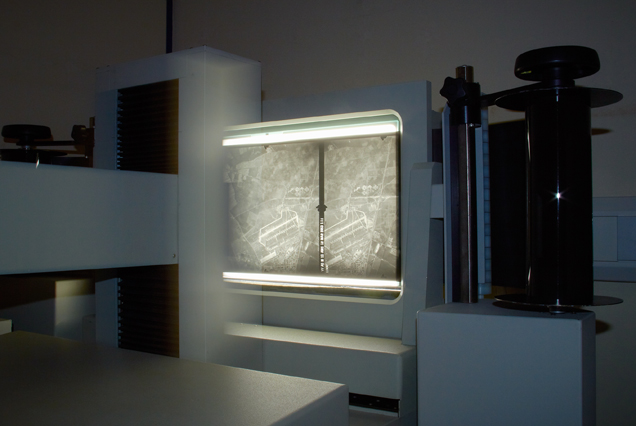
At the National Collection of Aerial Photography we have extensive digital imaging facilities. These are used to create digital copies of the wide-range of photographic and paper records held. Digital imaging is a key stage in the digitisation process which involves:
1. Retrieval of barcoded records from our remote storage facility
2. Physical preservation of records prior to digital imaging
3. Digital imaging of records
4. Re-housing of records into new archival storage where appropriate
5. Return of records to remote storage facility
6. Image quality control
7. Digital delivery to customer
All imagery featured on the NCAP website, and ordered by customers, flows through this process. The physical preservation of records before digital imaging ensures the best results are achieved without causing damage to the original records.
This feature introduces our digital imaging capabilities.
Photogrammetric Imaging
For ultra-high resolution digital imaging we operate a suite of photogrammetric imaging systems including Vexcel VX4000HT, Leica DSW700, Wehrli RM-6 and Vexcel UltraScan 5000 units. These specialist machines are capable of capturing the geometry of the original aerial film and prints to micron levels of accuracy. This high-end product allows customers to create orthophotos, which need high radiometric and geometric accuracy as well as very high optical resolution.
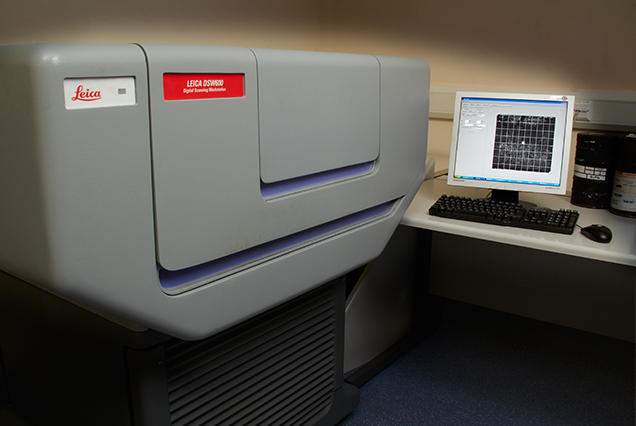
Before scanning, each roll of film is cleaned using a Scanatron CLEAN-1000 automatic film cleaner, to remove dust from the film and allow for physical inspection of the film. Photogrammetric scanning at NCAP is carried out in a controlled environment to minimise dust and unwanted artefacts on the resultant images.
Learn more about our photogrammetric imaging systems.
High resolution flatbed scanners
In our flatbed scanning suite, we operate a number of Microtek ScanMaker 9800XL scanners with SilverFast Imaging Software to make high-resolution digital images for customers. These have been specially modified to allow the scanning of both aerial prints and roll film at optical resolutions up to 1600 dpi.
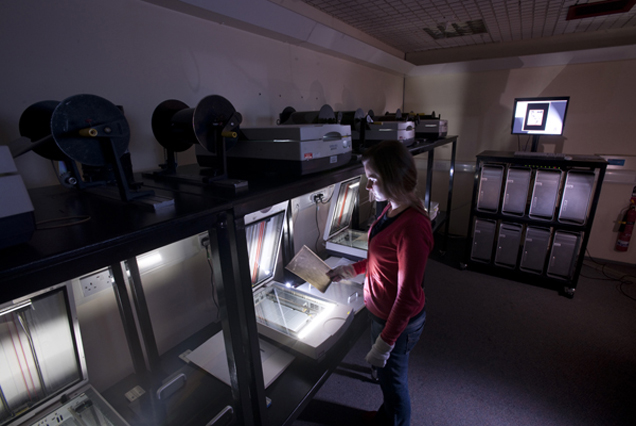
Before scanning images from film, each roll is cleaned using a Scanatron CLEAN-1000 automatic film cleaner, as mentioned above. Prints are cleaned and flattened, to enable us to achieve the best quality scan of the original photograph.
Digital medium format/SLR copying
We operate numerous copy-stands equipped with digital Medium Format / DSLR cameras to enable rapid surrogate copying of original films. This allows the creation of archival quality copies of imagery, that will minimise future handling of delicate original films. The imagery created in this way is then processed and geo-catalogued before uploading to our web galleries.

Large-format copying
To enable the digital copying of large-format negatives, cover traces and sortie plots, we operate rostrum-mounted Hasselblad cameras with digital backs.
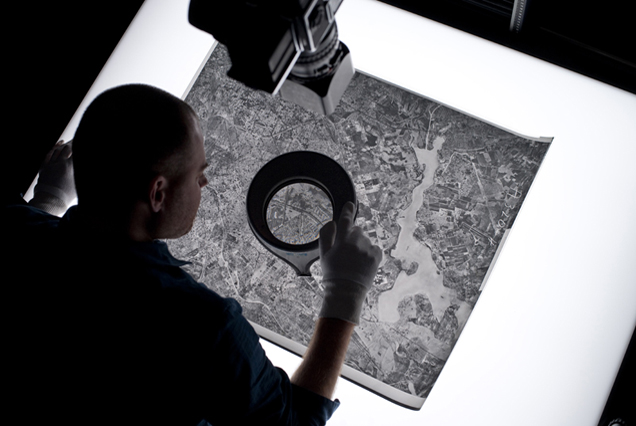
Microfilm scanners
With more than 30,000 microfilm reels at 16mm, 35mm and 3M sizes, NCAP holds one of the largest aerial microfilm collections in the world. As microfilm is more commonly used to store text documents, the digitisation of the reels of images held by NCAP is a challenging procedure. We operate a Wicks and Wilson 8850 Scanstation microfilm scanner, which enables us to digitally copy whole rolls of microfilm in a continuous, automatic process.
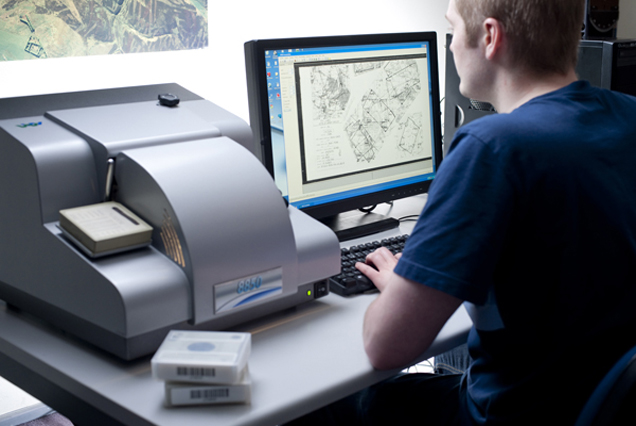
Learn more about the NCAP digitisation policy

